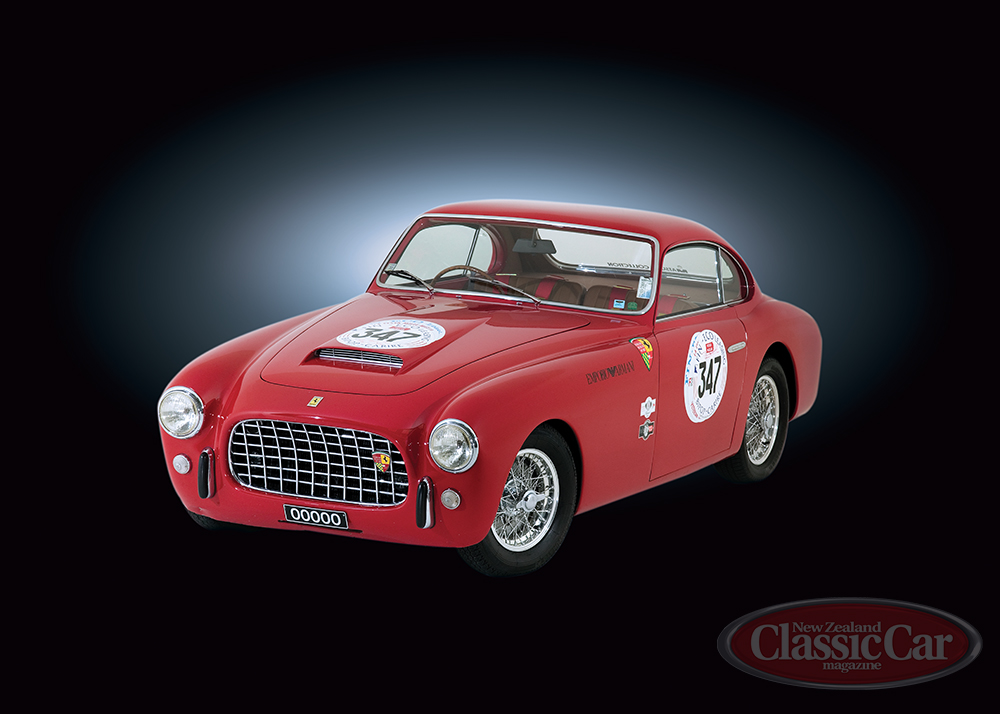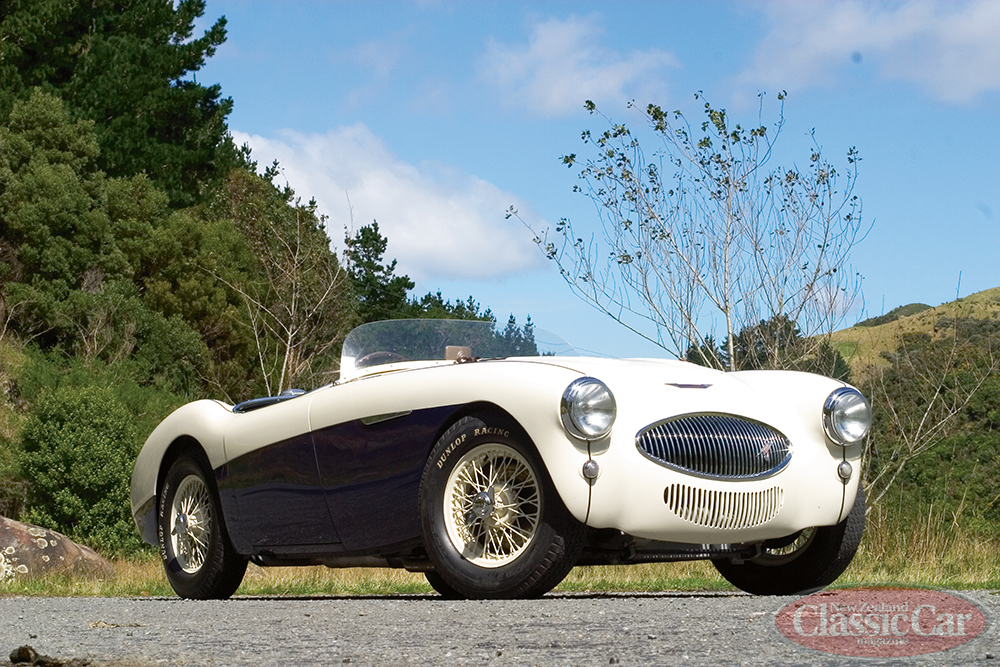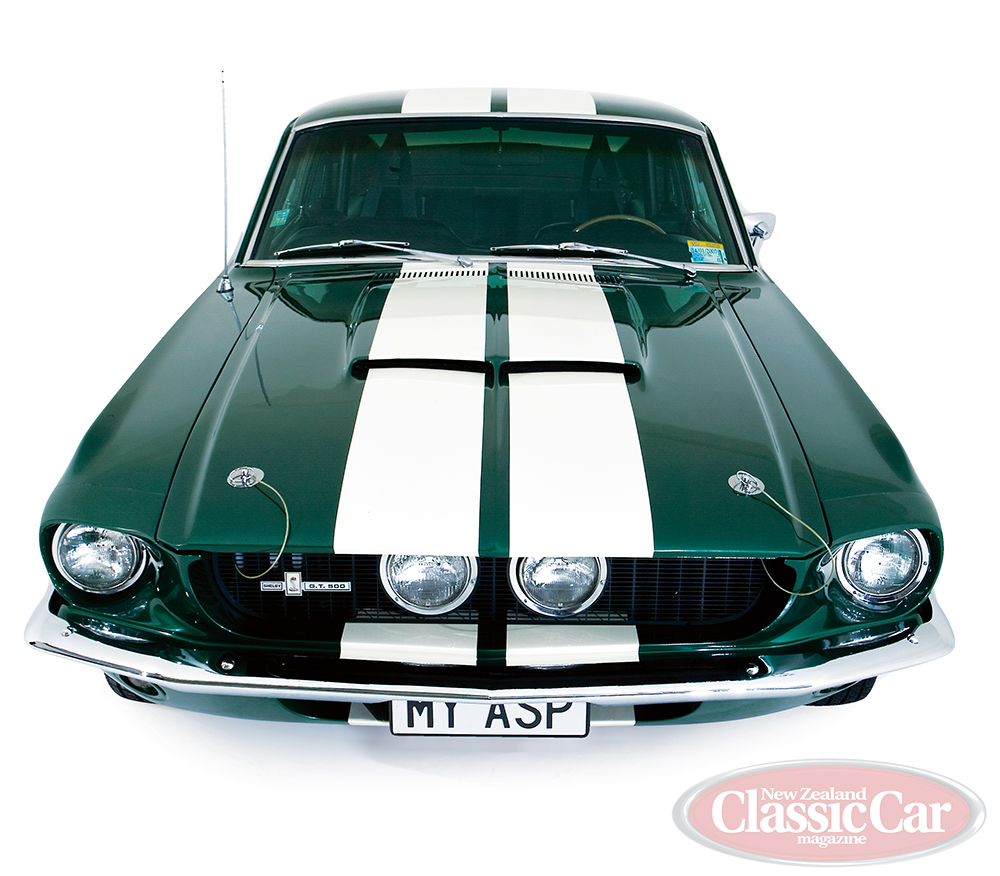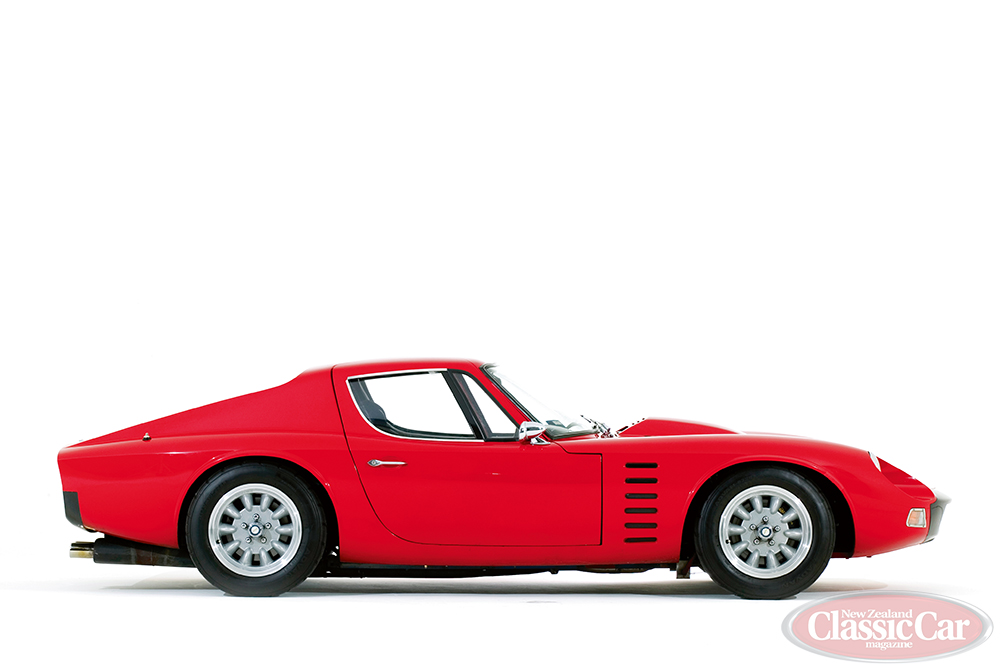Coming up with our top 10 featured cars in New Zealand Classic Car magazine over the years proved to be just too difficult. So instead of arguing it out for too lengthy of a time, we gave up. Take some time out of your day and check out the top 11 cars we’ve loved featuring over the years.

1951 Ferrari 212E Ghia-Aigle Berlinetta — Ferrari manufactured many different chassis in 1951 including the 166 and its replacement the 212. While the top of the range was represented by the 4.1-litre 340 America, Ferrari also sold the 212 chassis as a customer race car. As was the Ferrari practice at the time, the 212 cars derived their type number from the total displacement of each cylinder in cubic centimetres — 212 x 12.

1954 Aston Martin DB2/4 MkI — In production between May 1950 and April 1953, the Frank Feeley-designed DB2 coupé was built after three prototypes had raced at Le Mans in 1949, two with true Aston Martin pushrod endings, and one with a 2.6-litre, six cylinder twin overhead camshaft unit designed for Lagonda during the war.

1959 Jaguar XK150 3.8 DHC — Introduced in May 1957, in fixed-head coupé and drophead coupé form to replace the XK140 range, the XK150 used the XK14o chassis which as a lightly developed 1948 XK120 chassis was simply the shortened platform from a MkV saloon.

1985 Ferrari 288 GTO — Group B rallying gave rise to some of the most intrinsically ugly motor cars ever to grace the sport, but it is rarely recognised that Group B also inspired what became commonly voted as the most beautiful car of the 1980s, one which, however, never turned a wheel in anger in a Group B rally competition.

1986 MG Metro 6R4 — The MG Metro 6R4′s origins go back to the end of the ’70s when Austin-Rover was looking to retire the Triumph TR7 V8 from rallying. It had enjoyed some success, but with Audi announcing the arrival of the4WD quattro for the 1981 season, world rallying was about to change forever.

1955 Austin-Healey 100S — Effectively a replica for the factory Special Test cars, one of which achieved third place at the 1954 Sebring 12 hours driven by Stirling Moss with Lance Macklin, the 100S was conceived as a pure competition sports car. Its body, styled by Donald Healey and Gerry Coker, featured slightly softer lines than the road-going 100 and was manufactured from aluminium by Jensen Motors, who ask painted and trimmed the cars.

1957 Mercedes-Benz 300SL Roadster — Distinctively styled, the 300SL was a vastly expensive car to build as well as buy. Its complex space frame construction forced the adoption of those trademark upward-opening doors. Fitted up front was the straight-six motor overhead camshaft engine with which Mercedes pioneered the use of fuel-injection in a road-going car.

1963 Chevrolet Corvette Sting Ray — The Corvette was devised to provide a homegrown alternative to the British sports cars that flooded into the US following the end of World War 2, a process spurred on by returning US troops who had acquired a taste for the fast-and-nimble British sports cars of that era whilst stationed in the British Isles.

1967 Shelby Mustang GT500 — Both the GT350 and the GT500 carry no ‘Ford’ or ‘Mustang’ badging — all the badges are purely Shelby. This is all part of the mystique that Carroll Shelby surrounded himself in, and is part of the magic of ownership of a genuine Shelby product.

1972 Bolwell Nagari — For the Nagari, Ford would provide most of the mechanical components, and the MkVII’s chassis was lengthened and modified to accommodate Ford’s V8 range of engines — even then the Ford V8 was 30 per cent lighter than the standard Holden motor go the MkVII.

1975 Zakspeed Escort MkII Founded in 1968 by Erich Zakowski, the German Zakspeed racing team would quickly achieve success in the DRM race series (a predecessor of the current DTM series) and in the European Touring Car Championship. Indeed, Zakspeed Escorts dominated DRM racing from 1973–1976. Zakspeed would also be instrumental in turbocharging the Cosworth BDA engine — by the late ’70s, Zakspeed was extracting as much as 447kW from their own turbocharged 1.7-litre version of the BDA.


